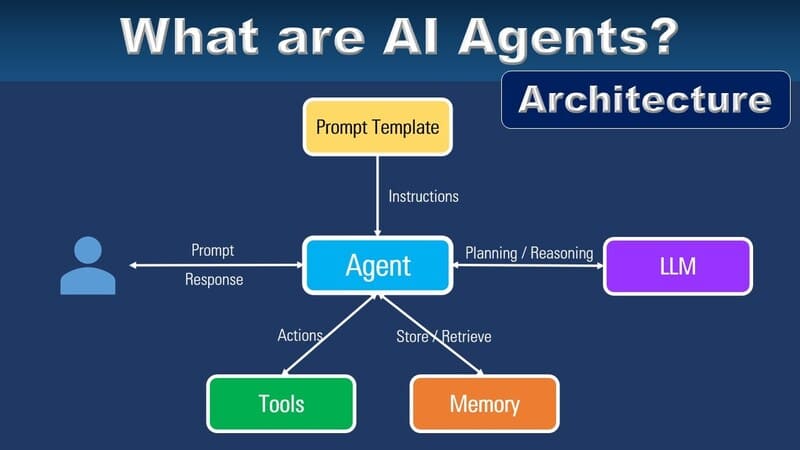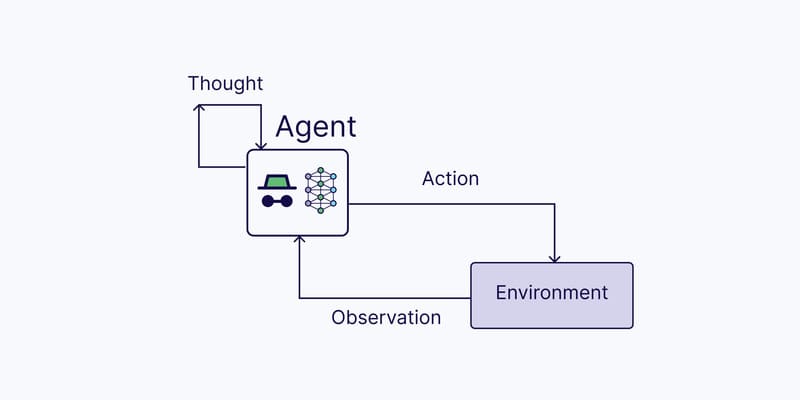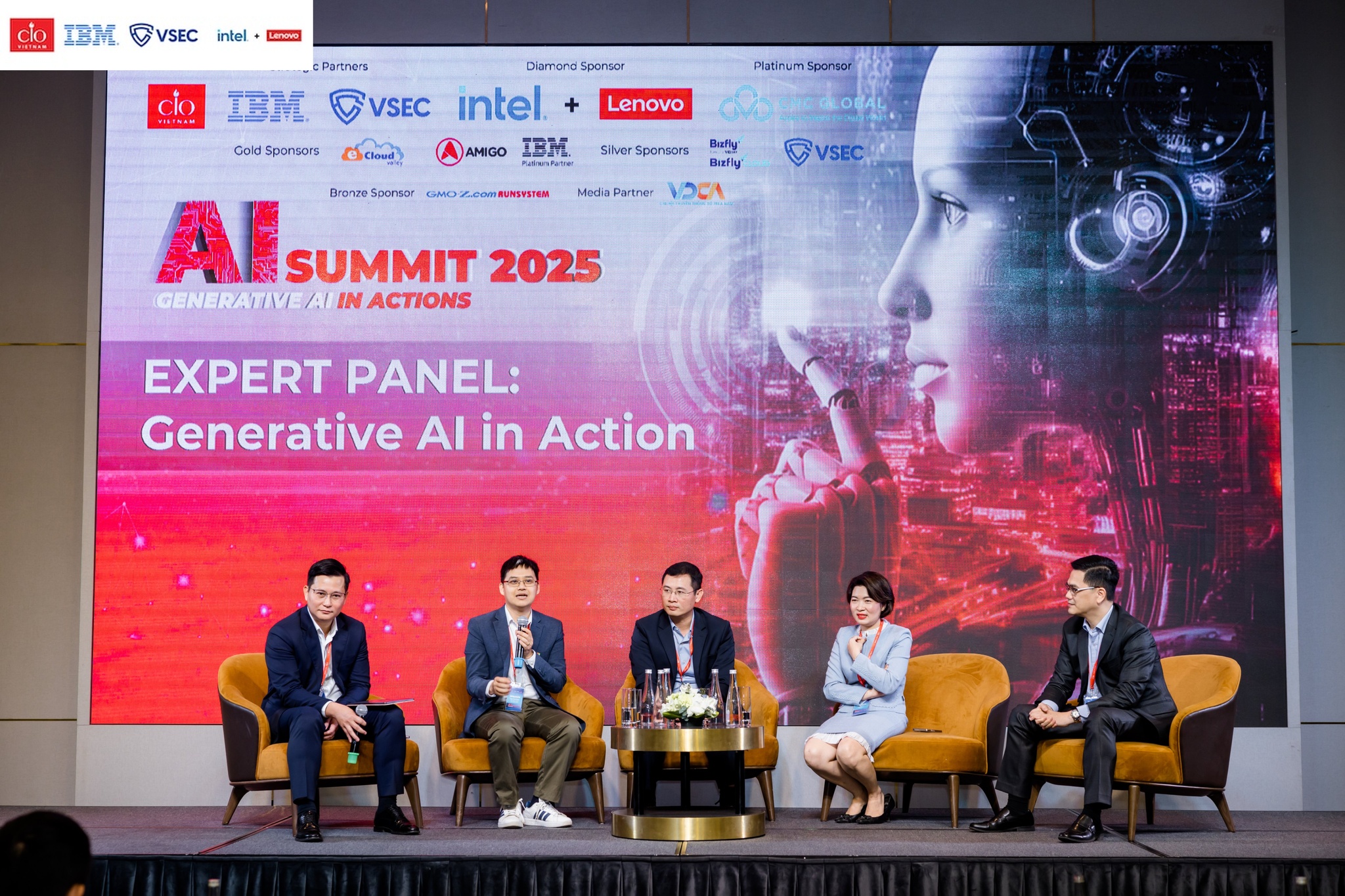What are the 4 AI waves? As US-China competition heats up, who will own the future of technology?
Kai-Fu Lee is one of the world’s most prominent AI investors, managing over six investment funds worth over $2 billion and more than 300 portfolio companies in the US and China. With his extensive experience in AI, from his time as an executive at Microsoft, Apple, and Google (where he founded Google China), to founding the venture capital firm Sinovation Ventures, Lee shares deep insights into the four factors driving today’s AI ecosystem, China’s entry into the AI market, where autonomous systems are headed, and how we must adapt.
With a strong foothold in both Beijing and Silicon Valley, Lee observes similarities between Chinese and American tech giants as they intensify the use of deep learning and strive to expand globally.
In this article, we’ll discuss Kai-Fu Lee’s book *The Four Waves of AI*, an excellent work that gives us more insight into AI today and what’s happening. We will also highlight some of the most notable Chinese tech companies to keep an eye on.
First Wave: Internet AI
In the early stages of AI, we mainly dealt with recommendation tools — algorithmic systems drawn from massive user data to personalize online content for each individual.
Think of Amazon’s on-site product recommendations or YouTube’s “Up next” videos, which we often watch before returning to work, or the eerily accurate Facebook ads for products you’re interested in.
Through data circulating online, Internet AI understands that users have unconsciously “labeled” the data they search for on the Internet. Thus, AI can track user behavior, from whether they click or not, linger on one site longer than another, or watch a Facebook video to the end…
These “labeled” data chains build a detailed picture of user personalities, habits, needs, and desires. This is the perfect formula for websites to offer more suitable content to keep users engaged longer on a platform.
Lee estimates that Chinese and American companies are in a tight race when it comes to deploying Internet AI. However, with China’s data advantage, he predicts that Chinese tech giants will hold a 60-40 lead over their US counterparts in the next five years.
You’ve likely heard of Alibaba and Baidu, but perhaps not Toutiao. Initially a Chinese Buzzfeed clone, Toutiao reached a valuation of $20 billion in 2017, 10 times that of Buzzfeed. With nearly 120 million daily users, Toutiao doesn’t just create viral content.
Armed with natural language processing and computer vision capabilities, Toutiao’s AI tools scan a vast network of websites and other sources, rewrite headlines to optimize user engagement, and analyze user behavior — from every click, comment, or interaction duration — to manage personalized news feeds for millions of consumers.
As users interact more with Toutiao’s content, the company’s algorithm suggests more content, optimizes headlines, and delivers a truly personalized feed.
Second Wave: Business AI
While Internet AI leverages users’ unwitting “labeling” of data through clicks and interactions, Business AI targets data that traditional companies have pre-labeled.
Banks issue loans and record repayment rates; hospitals store diagnoses, imaging data, and continuous health check results; courts keep records of criminal histories and verdicts.
While humans make predictions based on clear causality (strong features), AI algorithms can process thousands of weakly correlated variables (weak features) that may be related to various outcomes.
By uncovering hidden correlations that don’t follow linear logic, Business AI uses labeled data to train algorithms that outperform previous expert results.
When applying these trained AI tools to banking, insurance, and courts, you’ll achieve optimized premiums and reduced recidivism rates.
Although Lee places the US at the forefront (90-10) of Business AI, China’s delay in structured industry data may prove advantageous in the future. In industries ripe for startup takeover, China holds a significant edge. Consider the Chinese app Smart Finance.
While Americans adopted credit and debit cards in the 1970s, China was still in the Cultural Revolution, lagging behind in this technology trend. But by 2017, China’s mobile payment spending outpaced the US by 50-to-1.
With no competition from fixed credit cards, mobile payment was a clear upgrade for China’s cash-heavy economy, used by 70% of China’s 753 million smartphone users by the end of 2017.
Skipping the credit card and mobile payment phases, China largely left behind the concept of credit, and this is where Smart Finance comes in. Supported by AI, Smart Finance relies solely on algorithms to issue millions of micro-loans. For each prospective customer, the app only requires access to a few data points on the user’s phone.
Based on tracking variables like typing speed and battery percentage, Smart Finance can predict with remarkable accuracy whether a user can repay a $300 loan.
The deployment of Internet AI and Business AI has already changed people’s lives. But there are still two more grand waves ahead — Perception AI and Autonomous AI.
Third Wave: Perception AI
In this wave, AI is upgraded with eyes, ears, and numerous other senses, blending the digital world with our physical environment. As sensors and smart devices infiltrate homes and cities, we seem on the verge of a trillion-dollar sensor economy.
Companies like China’s Xiaomi are releasing millions of IoT-connected devices, and research teams have started prototyping smart dust — solar-powered particles and sensors that can store and transmit data anywhere, anytime.
As Kai-Fu explains, Perception AI “will bring the convenience and richness of the online world into our offline reality.” Sensor-powered hardware will turn everything from hospitals to cars to schools into Online-Merge-Offline (OMO) environments.
Imagine walking into a grocery store where your face is scanned to facilitate regular transactions. Then, you pick up a virtual assistant (VA) shopping cart, which, after downloading your available data, adjusts your regular grocery list with voice input, reminds you to pick up your spouse’s favorite wine for an upcoming anniversary, and guides you through personalized storage aisles.
While we’ve yet to fully tap into Perception AI’s potential, China and the US have made incredible strides. With China’s hardware advantage, Lee predicts China currently holds a 60-40 competitive edge over its US counterparts.
Shenzhen, the hub for startups developing robots, drones, and IoT technology, is becoming the capital of smart hardware. With sensor and electronic component output from thousands of factories, skilled engineers, and rapid prototyping, Shenzhen can test and iterate new products at unprecedented speed and scale.
Supported by the Chinese government and with China’s relatively lax data privacy laws, China’s advantage could grow to 80-20 in the next five years.
Catching this wave are companies like Xiaomi, aiming to turn bathrooms, kitchens, and living rooms into smart OMO environments. With investments in 220 companies and 29 startups producing smart home products, Xiaomi surpassed 85 million smart home device providers by the end of 2017, becoming the world’s largest network of connected products.
Even a KFC restaurant in China partnered with Alipay (Alibaba’s mobile payment platform) to pioneer “pay with your face.” Whether customers forget cash, cards, or mobile phones, they can still pay thanks to OMO.
Fourth Wave: Autonomous AI
The grandest and most unpredictable wave is the fourth and final wave: Autonomous AI. Combining all previous waves, Autonomous AI endows machines with the ability to perceive and react to the world around them, enabling AI to move and act efficiently.
While today’s machines can outperform humans in repetitive tasks within structured and even unstructured environments (like Boston Dynamics’ Atlas robot or self-driving cars), machines’ ability to see, hear, touch, and optimize data remains a new frontier.
Consider drones that can selectively harvest entire farms with superior computer vision and dexterity or heat-resistant jet drones that can extinguish wildfires 100 times more effectively, or Level 5 autonomous vehicles navigating smart roads and traffic systems.
While early autonomous AI will be value-generating robots — automating tasks on a one-to-one replacement basis — these intelligent machines will eventually reshape entire industries from the ground up.
Though Kai-Fu Lee currently places the US in the lead with a 90-10 ratio for Autonomous AI, particularly regarding self-driving cars, China’s government efforts are rapidly accelerating the competition.
In Zhejiang province, China’s highway regulators and government officials have plans to build China’s first smart superhighway, equipped with sensors, solar panels, and wireless communication between cars, roads, and drivers. The project aims to increase transportation efficiency by up to 30% while minimizing fatalities and could eventually allow electric vehicles to charge continuously while in operation.
A government-backed project is also underway in Xiong’an, Beijing’s new neighbor. With an estimated $580 billion investment in infrastructure over the next 20 years, Xiong’an may become the world’s first city built for autonomous vehicles. Baidu has partnered with Xiong’an’s local government to construct this AI city, focusing on environmental protection, likely to include sensor-embedded cement, computer-vision-enabled traffic lights, facial-recognition intersections, and automated parking.
Finally, Lee predicts China will almost certainly lead in autonomous drone production. Currently, Shenzhen is home to DJI, the first autonomous drone manufacturer. Touted by Chris Anderson as “the best company he has ever seen,” DJI controls about 50% of the autonomous drone market in North America, with Shenzhen’s manufacturing strength behind it.
While the US-China race for the fourth AI wave remains undecided, one thing is certain: in the coming decades, we will witness the rise of autonomous cities and machines that can interact with the real world and help solve our greatest challenges.
Author: PETER H. DIAMANDIS, MD

















